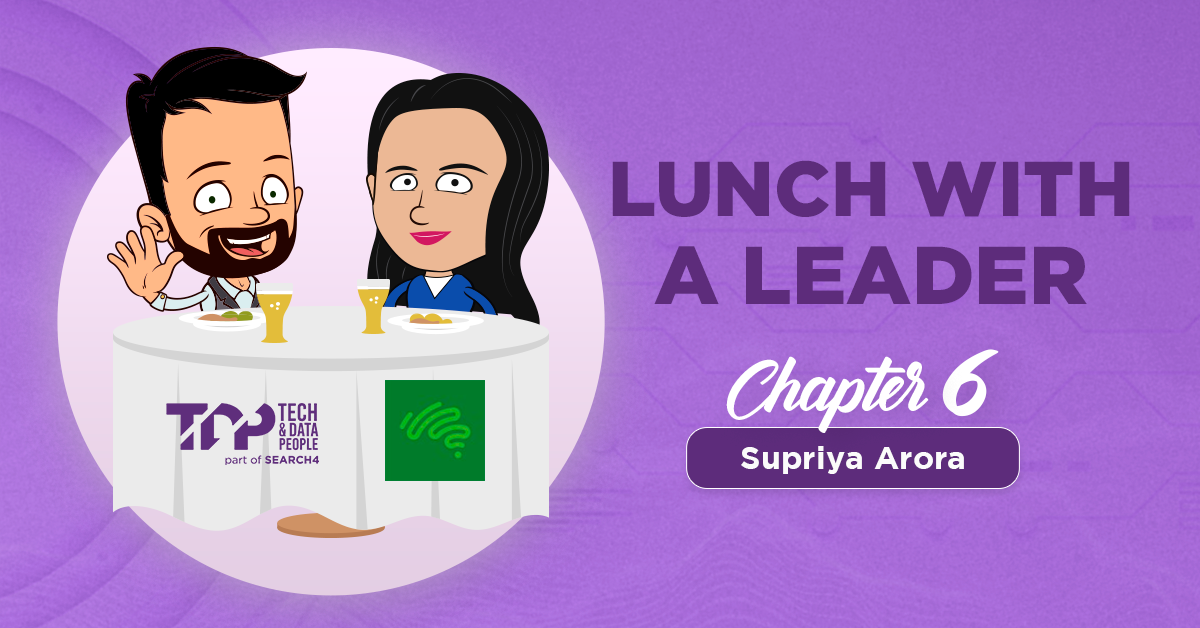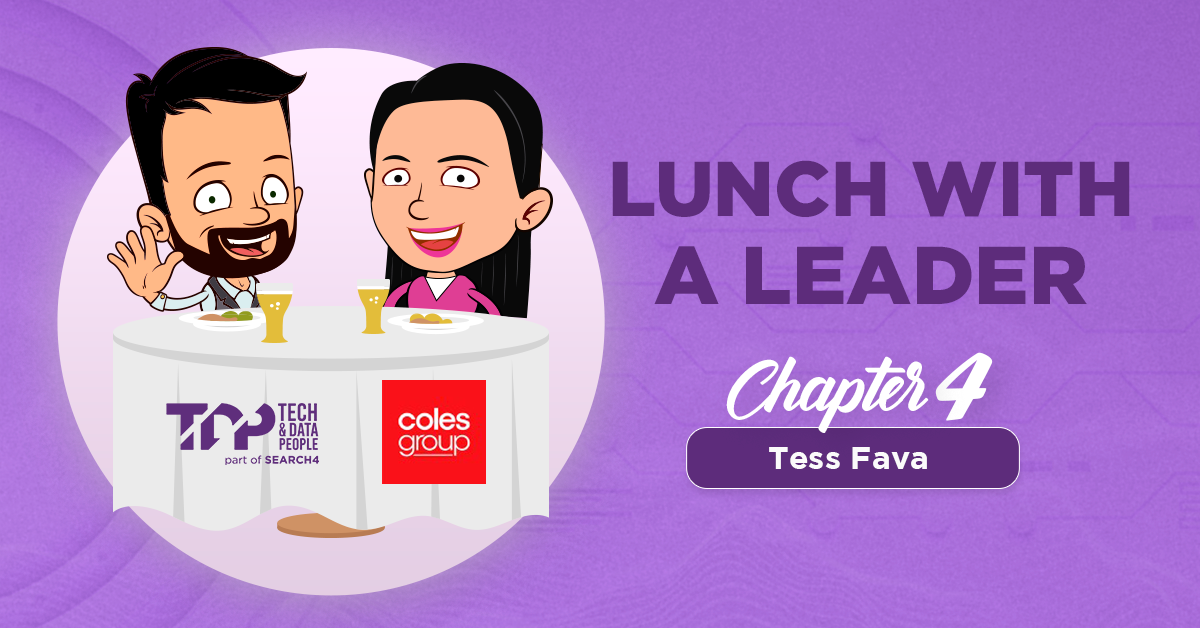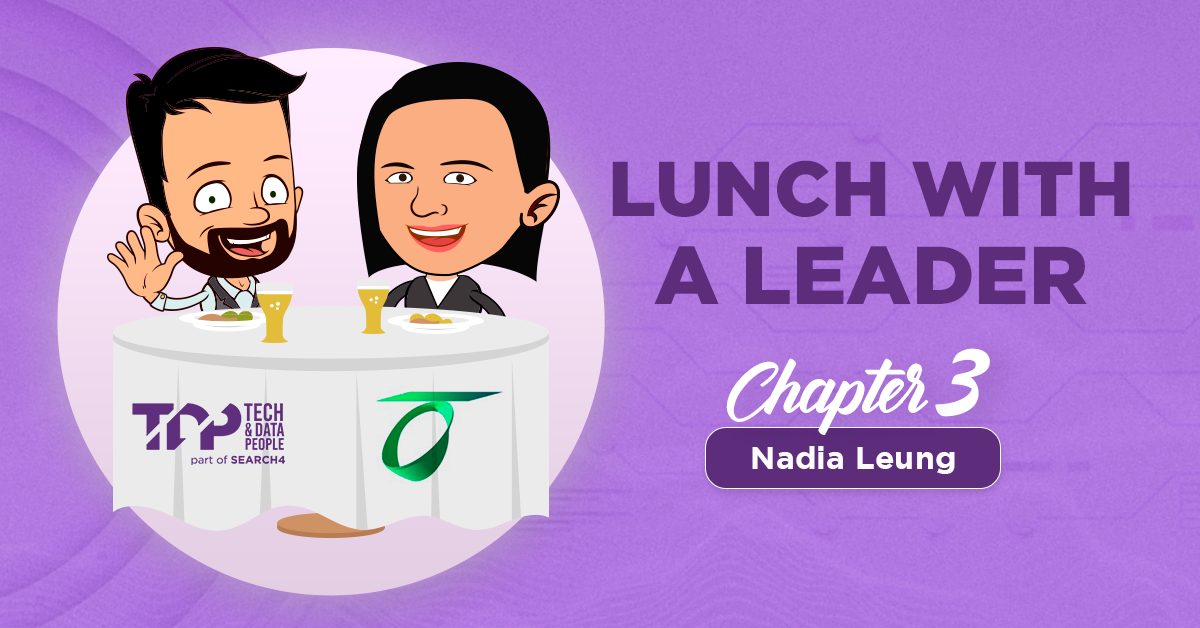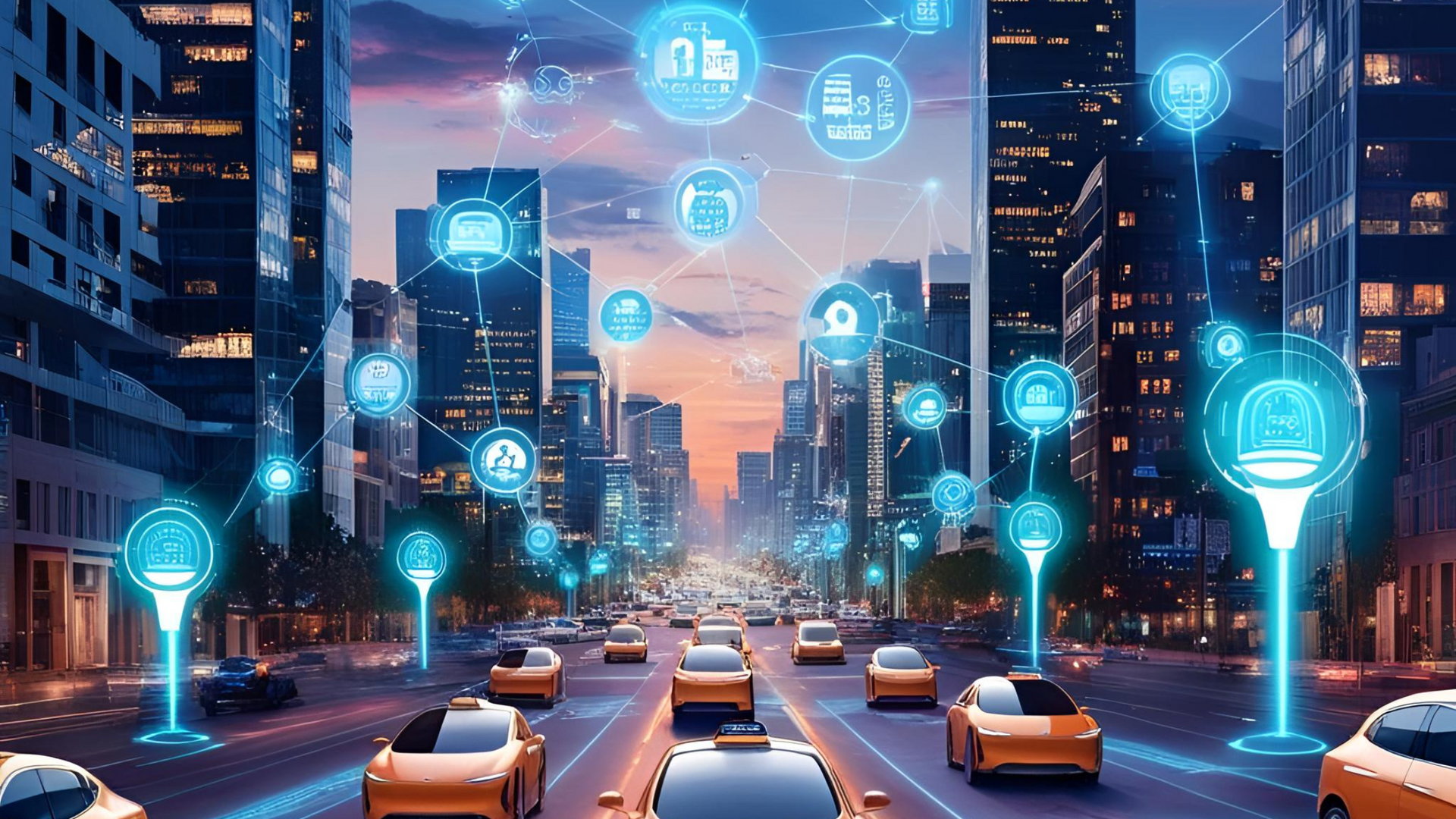Blogs
Too Old for Tech? The Myth Holding Australia Back.

New tools, platforms and ways of working are emerging constantly, reshaping the roles businesses need and the skills required to succeed. Staying relevant is as much about keeping up as it is about embracing a mindset of continuous growth.
But for many seasoned professionals, the journey isn’t just about learning new skills. The hard part can be overcoming barriers that shouldn’t exist, like ageism.
The Ageism Barrier in Australian Tech
Ageism in Australian workplaces is real. According to the Australian Seniors Series: Ageing in the Workforce 2021, 20.7% of Australians aged 50+ reported experiencing age discrimination in the workplace, nearly double the 9.6% reported in 2016.
Additional research from the Australian Human Rights Commission and Australian HR Institute indicates that only about half of HR professionals surveyed are open to hiring workers over 50, highlighting ongoing recruitment biases.
At the same time, the Australian Institute of Health and Welfare shows that workforce participation among older Australians is rising, from 11% in 2010 to 15% in 2021.
These stats underscore a clear tension: older tech professionals are increasingly active in the workforce, but many still face barriers that undervalue experience.
Upskilling: A Strategy for Every Stage of Your Career
Upskilling isn’t just for younger tech talent. It benefits individuals at every stage of their career. For seasoned professionals, embracing new technologies demonstrates adaptability, resilience and a commitment to growth.
Importantly, it also counters ageist biases. By staying current with emerging tech, experienced professionals can show that their value isn’t defined by age but instead by skill, perspective and innovation.
Practical Steps for Upskilling
- Identify Relevant Skills – Focus on trending areas like cloud computing, AI, cybersecurity and data analytics.
- Leverage Online Learning Platforms – Coursera, LinkedIn Learning, edX, and other platforms make upskilling practical and flexible.
- Engage in Community Learning – Join tech meetups, webinars and forums to learn from peers and experts.
- Apply Knowledge Practically – Contribute to side projects, hackathons or open-source initiatives to build hands-on experience.
- Champion Inclusive Workplaces – Support policies that promote diversity, equity and inclusion, ensuring opportunities for professionals of all ages.
The Cost of Ageism
The tech industry thrives on innovation, and innovation thrives on diversity. Older tech professionals bring experience, critical thinking and problem-solving skills that younger workers can complement. But only if workplaces value their contributions.
Upskilling isn’t just about learning tools; it’s about staying visible, relevant and empowered in a landscape that’s constantly evolving.
